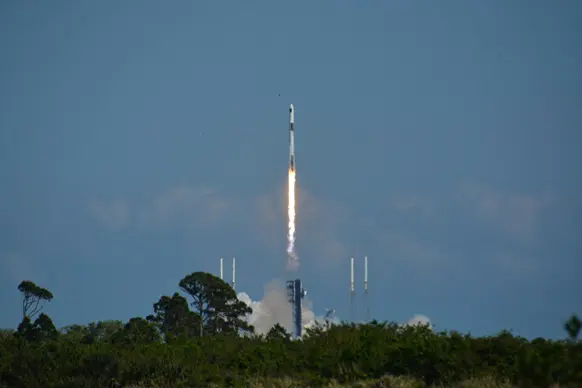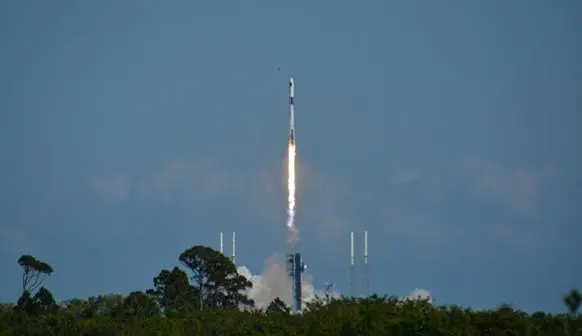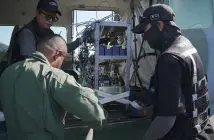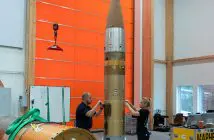
Written by staff writer.
SpaceX has launched its third Dragon mission this year, sending the capsule into space atop a Falcon 9 rocket from Cape Canaveral, Florida, around 8.00 am, March 22, 2024, AEDST.
The capsule will deliver over 1,800 kilograms of supplies and hardware to the International Space Station (ISS), where it is scheduled to dock late on the evening of March 23, AEDST.
Around eight minutes after launch, the rocket’s first stage successfully landed back at the Florida spaceport. Almost 12 minutes after launch, the Dragon capsule separated from Falcon 9’s second stage.
It is SpaceX’s third launch of the week, with another scheduled this weekend, also from Cape Canaveral. Today’s ISS resupply mission was SpaceX’s 30th and operated in conjunction with NASA. It is the fourth flight for the particular Dragon spacecraft, previously used on the CRS-22, CRS-22, and CRS-27 missions. It is the sixth flight of the first stage, the booster having previously operated on Ax-2, ESA Euclid, Ax-3, and two Starlink missions.
NASA says the Dragon capsule heading to the ISS is bringing in a new set of sensors for Astrobee robots to support automated 3D sensing, mapping, and situational awareness functions. The payload also includes a NASA-manufactured small satellite called BurstCube, designed to study gamma-ray bursts resulting from the collision of two neutron stars. Finally, the spacecraft also will deliver sampling hardware for Genomic Enumeration of Antibiotic Resistance in Space (GEARS).
“In-flight gene sequencing could show how these bacteria adapt to the space environment, providing knowledge that informs measures to protect astronauts on future long-duration missions,” NASA said about GEARS.
Today’s launch follows two successful SpaceX launches earlier this week. On March 17, AEDST, SpaceX sent 23 Starlink v2-mini satellites into orbit using a Falcon 9 rocket. It was the 311th Falcon 9 launch and the 282nd consecutive successful launch. On March 19, AEDST, another Falcon 9 rocket sent another 22 Starlink v2-mini satellites into space from Vandenberg Spaceport in California.
On March 24, AEDST, a Falcon 9 rocket is scheduled to lift off at Cape Canaveral with a further 23 Starlink satellites onboard. Aside from this launch, SpaceX has another three launches scheduled over the remainder of March. Open source data indicates the cost of this week’s four launches is approximately USD267 million.
Aside from SpaceX, other operators have launched this week, including RocketLab operating a classified mission for the National Reconnaissance Agency, a Long March 2D/YZ-3 rocket launching from Jiuquan Satellite Launch Center with Chinese military meteorological satellites onboard, and a Long March 8 rocket lifting off from Wenchang Space Launch Center on March 20 with a Queqiao-2 onboard. That satellite will serve as a relay for planned future Chinese lunar far-side missions that cannot communicate directly with the Earth. Including today’s Falcon 9 launch, 16 launches have occurred worldwide so far this month.
En route to the ISS, the Dragon spacecraft will perform a series of burns that positions it progressively closer to the space station before the final docking manoeuvres start.
Image: NASA’s SpaceX 30th commercial resupply mission launched at 4:55 p.m. EDT, Thursday, March 21 , from Space Launch Complex 40 at Cape Canaveral Space Force Station in Florida. Credit: NASA/Madison Tuttle.





